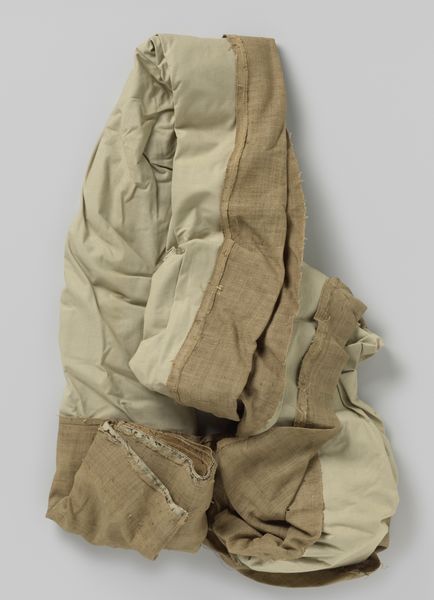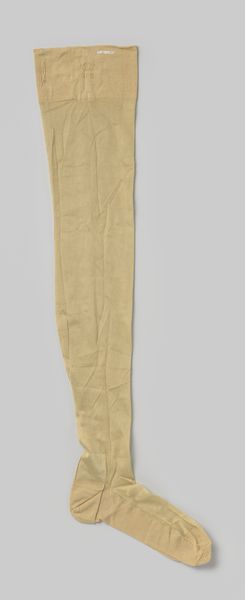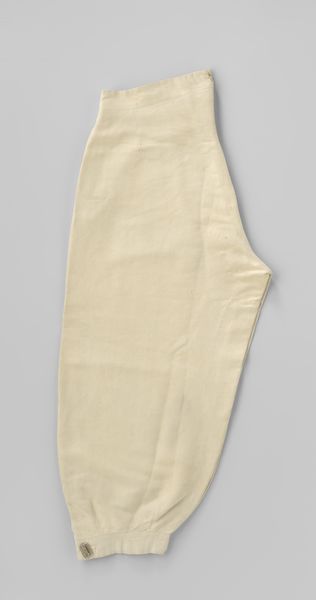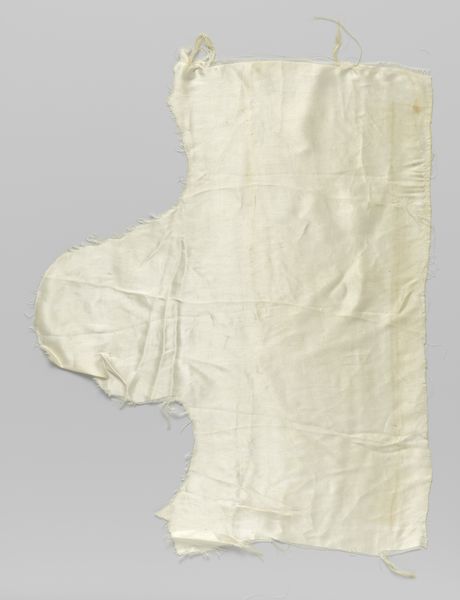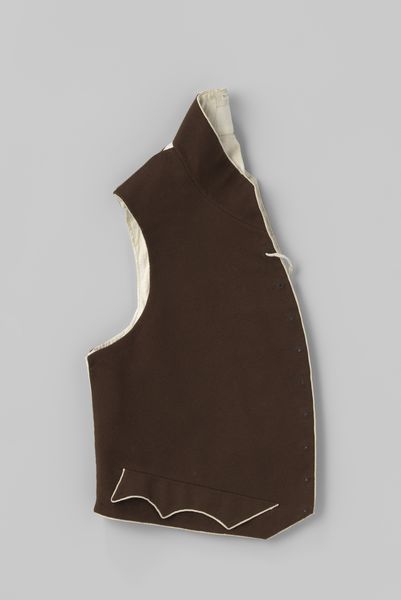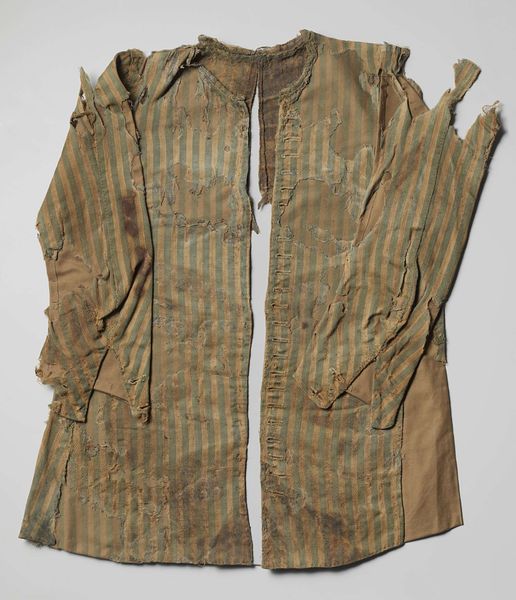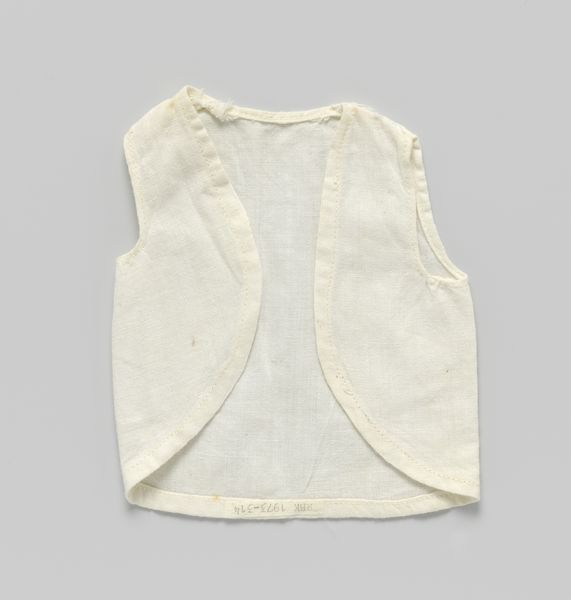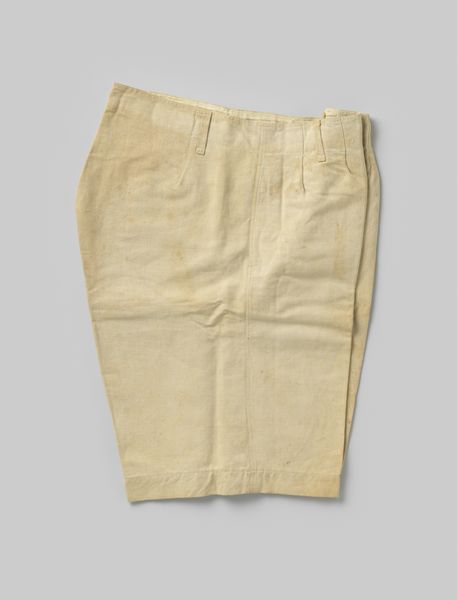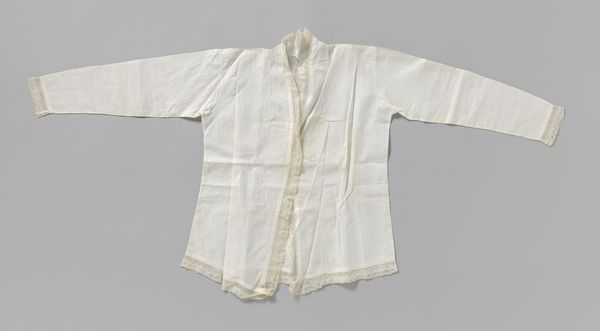
Voering van wandtapijt met de geschiedenis van Caphalus aan Phocus over zijn hond Lelaps en de wilde vos c. 1593 - 1600
0:00
0:00
weaving, textile
#
narrative-art
#
baroque
#
weaving
#
textile
#
history-painting
Dimensions: height 360 cm, width 400 cm
Copyright: Rijks Museum: Open Domain
This is the back of a tapestry with the story of Cephalus, made by François Spiering in the late 16th or early 17th century. It’s easy to overlook the back of something, but it’s here that we often see the labor, the process, and the hidden structures that hold things together. The tapestry itself would have been a display of wealth and status, illustrating classical stories to an elite audience. Consider what it means to see the support system, the literal backing, of such a display. What stories are not being told here? We might think about the anonymous labor of the weavers, often women, whose skill and time were essential to creating these objects. We could also reflect on what the tapestry hides about the politics and the societal structures of its time. While it references classical narratives, it was made during a time of stark social hierarchies. This backing invites us to consider the complex relationships between visibility and invisibility, between the stories we tell and the labor, identities, and histories we often obscure.
Comments
No comments
Be the first to comment and join the conversation on the ultimate creative platform.
